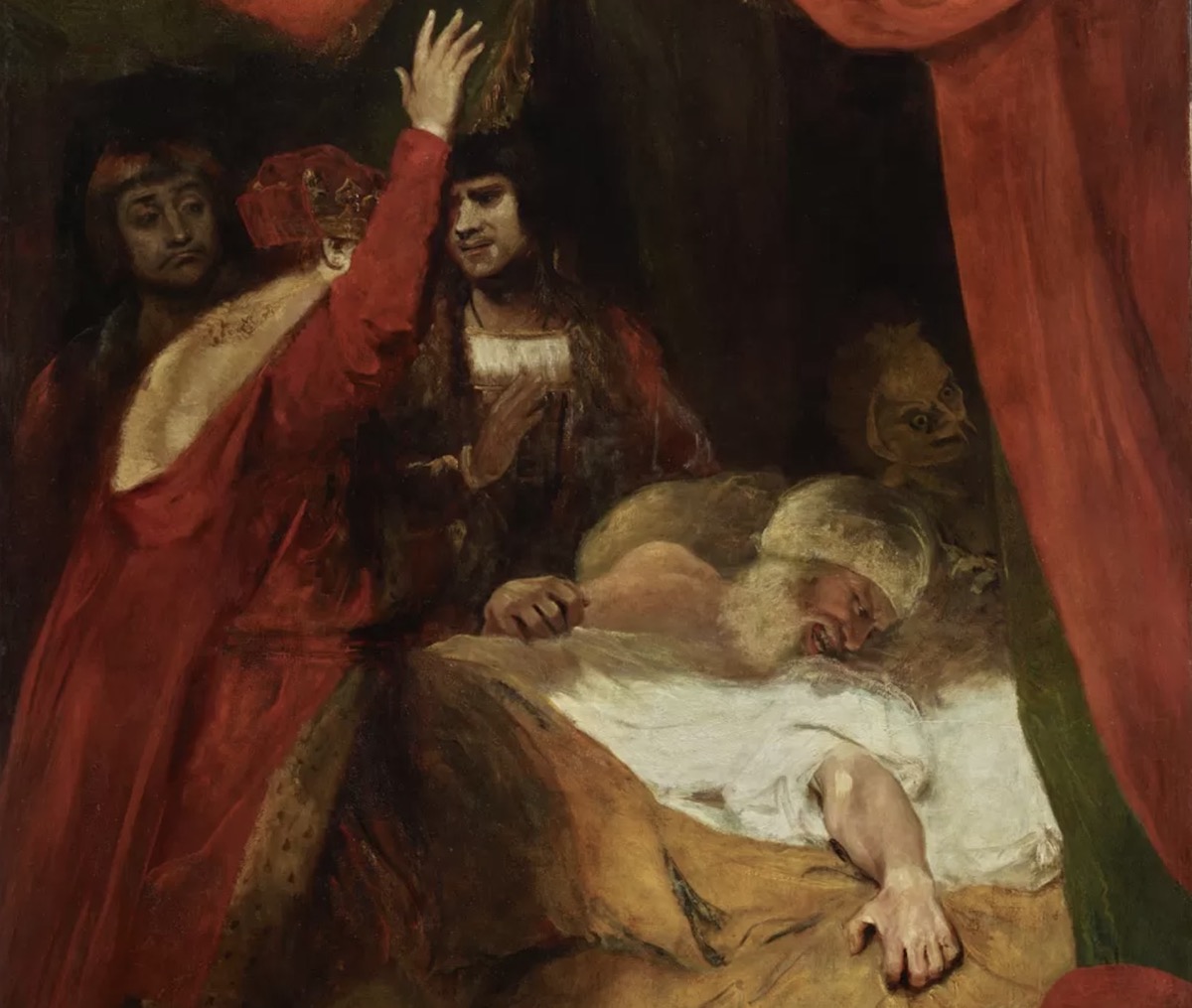Maqe II
2001 - Photography (Photography)
121,3 x 121,3 cm
Tracey Rose
“Maqe II” is at first glance a romantic image of three diaphanous angels hovering in the luminous sky over a South African township. A closer inspection reveals that the apparition is the appropriated figure of Marie Antoinette from the artist’s Ciao Bella series (2001) with the addition of a butchered cake. The figure is Rose herself dressed in costumed made of trash bags holding a haunting paper mâché mask. The figure floating above a crossing of two sharp metal traffic barriers and the triple-exposed view of tract houses piled upon one another in a Reconstruction and Development Programme (RDP) settlement evokes an eerie sense of both past and forthcoming catastrophes. The photograph, in conversation to the women referenced in the Ciao Bella Series, adroitly confronts the audience with the legacies of sexual, racial and political oppression. Rose successfully achieves this without tending towards self-conscious sentimentality. Whether the appropriated Marie Antoinette acts as a monarch of the RDP settlement or a symbol of a social system responsible for massive poverty and displacement, “Maqe II” is a significant contribution to the canon in its sophisticated reflection of contemporaneous identity.
Tracey Rose, (b. Durban, South Africa, 1974) is a multimodal performance artist employing photography and video in her subversive oeuvre that traverses post-colonial theory, gender, race and contemporary identity. The artist is known internationally for her interpretations of masterpieces of the western tradition—most notably for her appropriation of Leonardo da Vinci in Ciao Bella (2001) at the 49th Venice Biennale. While the artist has often been touted as offensive in her political directness, Rose’s work contributes to the creation of a contemporary canon of art history, one that is significantly perceptive in the acuteness of identity in the decolonizing process.
Colors:
Related works of genres: » south african contemporary artists
» see more

© » KADIST
Sue Williamson
2003In her 2003 series “Better Lives”, Sue Williamson explores stories of immigrants in search of a better life in a historically contentious South Africa...

© » KADIST
Sue Williamson
2003In her 2003 series “Better Lives”, Sue Williamson explores stories of immigrants in search of a better life in a historically contentious South Africa...
Related works sharing similar palette
» see more

© » HYPERALLERGIC
7 Art Shows to See in New York, February 2024 Skip to content A detail of Apollinaria Broche’s “I Close My Eyes Then I Drift Away” (2023) at Marianne Boesky Gallery (photo Hrag Vartanian/ Hyperallergic ) The short month of February still packs a lot of art in New York City, from a survey of the influential Godzilla Asian American Arts Network to Apollinaria Broche’s whimsical ceramics and Aki Sasamoto’s experimentations with snail shells and Magic Erasers in her solo show at the Queens Museum...

© » KADIST
Ahmet Ögüt
2022Monuments of the Disclosed by Ahmet Ögüt is an NFT series of digital monuments to whistleblowers...

© » KADIST
Danielle Dean
2012No Lye by Danielle Dean documents a group of five women, including Dean herself, confined to a small, cramped bathroom, communicating only by using slogans culled from beauty advertisements (“beauty is skin deep”, “naturalise, it’s in our nature to be strong and balanced”) and quotes from political speeches (“we must protect our borders”, “we are fighting for our way of life and our ability to fight for freedom”)...
Related artist(s) to: Tracey Rose » Koyo Kouoh, » Wangechi Mutu, » Aaron Douglas, » Afro Modern, » Alberto Giacometti, » Alexander Schellow, » Aurélien Froment, » Bernardo Ortiz, » Billie Zangewa, » Body Talk
» see more

© » KADIST
Bernardo Ortiz
2011Casa de la cabeza (2011) is a drawing of the words of the title, which translate literally into English as “house of the head.” Ortiz uses this humorous phrase to engage the idea of living in your head....

© » KADIST
Aurélien Froment
2008dbqp is a photographic series in which the artist handles an enlargement of the plate with three cutout windows which was used for L’Archipel (The Archipelago) in collaboration with Pierre Leguillon...

© » KADIST
Aurélien Froment
2008The Théâtre de poche video is inspired by Arthur Lloyd / “Human Card Index”, a magician who was famous for being able to take out of his pockets any image requested by his spectators...





